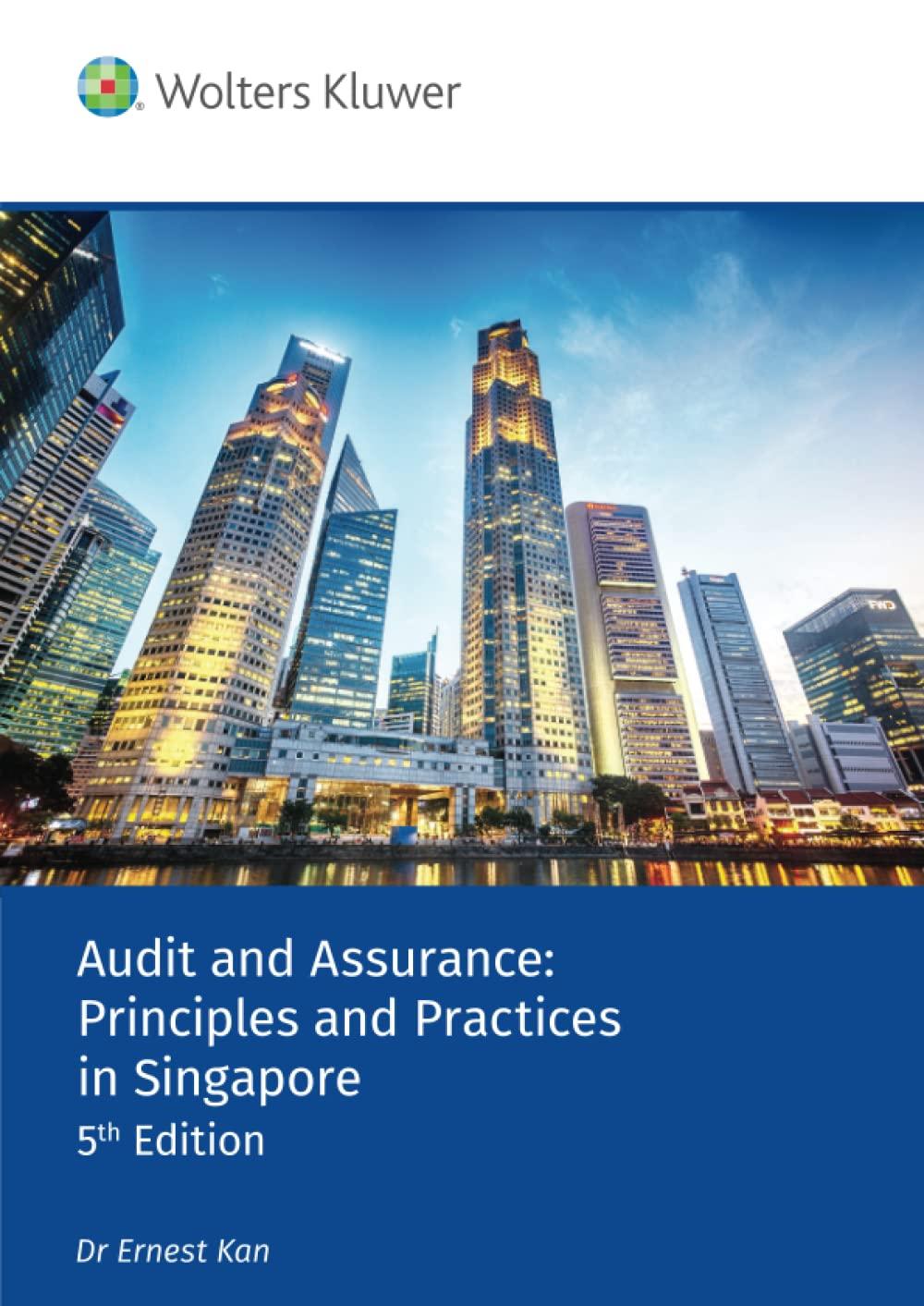Question
Frank and Wendy Lee are clients of yours. Frank is 60 years old, and Wendy is also 60 years old. They are parents of two
Frank and Wendy Lee are clients of yours. Frank is 60 years old, and Wendy is also 60 years old.
They are parents of two adult children that no longer require any financial support.
They have been employed for 35 years following their graduation from an Ontario University, and have
been Canadian residents their entire lives.
Both have Pension plans. Franks tenure with his employer is longer than Wendys, therefore
his pension plan, a Defined Contribution plan, should provide for a higher pension income at age 65.
Wendy s pension plan is currently a Defined Benefit plan, but she has only been employed with her
current employer for 5 years. They both have contributed to their RRSPs over the years and maxed out
what was remaining in RRSP contribution room. They both have TFSAs as well, but have asked to not
include these figures in their Retirement Income projections, as they are saving these funds for Travel.
Frank and Wendy have contacted you via e-mail concerning some questions they have about the timing
of their Retirement. Their e-mail to you indicates the last couple of years have been a challenge with
Covid-19, and dealing with the impacts of this at work and home. They have recently received some
unfortunate news concerning Wendys health. Even though its not an immediate issue, due to the
potential impact on Wendys life expectancy this news has resulted in them looking at retirement
differently, and seriously considering retiring now at age 60 versus the plan all along, which was to wait
until age 65.
They have requested a response from you in two weeks in order to give you time to prepare.
They have run some figures, and concluded they with some adjustments to their original plan to
retire with $80,000 after tax income at age 65, they only need about $60,000 after tax annually to make
this work at age 60.
For the purposes of this case make the following assumptions:
Both of their Pension Plans have provisions that will allow for each of Frank and Wendy to retire at age
60.
They both have contributed to CPP at the maximum YMPE levels throughout their careers. All pension
calculations and amounts should reflect 2022 figures, which will require some research.
Wendy has been a member of her employers Pension Plan from the time she was hired, and when she
Joined the plan she opted for a Survivor Benefit option of 66 2/3%.
Individually for each in retirement, assume a 20% average tax rate.
The clients are very concerned about Covid-19 exposure due to their occupations in the medical
community, and due to their unpredictable and hectic schedules have requested that you record your
recommendations in a video message. They have always appreciated the meetings you have had in
the past, and wish to receive your thoughts and recommendations in this format, which will permit
them to review it when there is a break in their schedule.
Your clients have questions:
Please answer these in a written report
1) What amounts of CPP would be available to us in 2022 figures, now, at age 65, and age 70 ? (2 marks)
2) What age should Frank, Wendy, or both take CPP and Why ? (2 marks)
3) How much income can we expect from our RRSPs over our lifetime ? (2 marks)
4) How much Income can we expect from our work pensions at age 60 or 65 ? (2 marks)
5) What other Retirement Income is available to us now or in the future ? (Bonus 2 marks)
6) Can we meet our combined Retirement Income goal of $60,000 after tax, at age 60, and into the
future ? (2 marks)
Wendy and Franks Pensions and Investments are as follows:
Wendy:
Defined Benefit Pension Benefit Formula at age 65 = (2% X $78,000 X # yrs. pensionable service)
This pension plan has a 6% per year reduction for each year that the pension is taken early, with the earliest allowable option being age 60.
RRSP $380,000, Wendy is looking for Income it would provide at the Beginning of each year, 5% rate of return, Life Expectancy age 90
TFSA $25,000
Frank:
Pension - $305,000 (Defined Contribution Pension Plan), option to commute value at the earliest, age 60. Once the Pension Plan is commuted, then Frank is looking for the Income it would provide at the Beginning of each year, 5% rate of return, age 90 Life Expectancy.
RRSP - $240,000, Frank is looking for the Income it would provide at the Beginning of each year, 5% rate of return, age 90 Life Expectancy.
TFSA $25,000
One clarification:
Regarding the Defined Contribution Pension value. Please assume that the entire value can be commuted. If you are calculating the value of these assets or any of their investments in the future, please use a 5% annual growth rate.
Step by Step Solution
There are 3 Steps involved in it
Step: 1

Get Instant Access to Expert-Tailored Solutions
See step-by-step solutions with expert insights and AI powered tools for academic success
Step: 2

Step: 3

Ace Your Homework with AI
Get the answers you need in no time with our AI-driven, step-by-step assistance
Get Started


